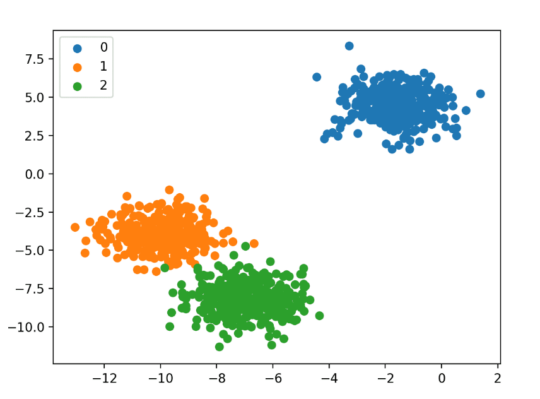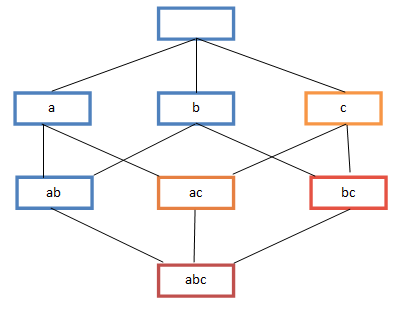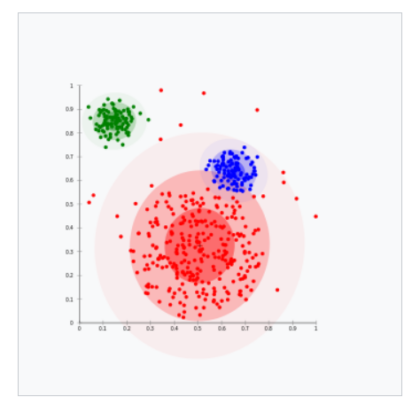Data mining has different techniques and methods with which companies can achieve their data assessment goals. By implementing data mining, marketers sort and evaluate larger datasets easily.
Additionally, the strategy can help organizations with effective audience segmentation, market trend identification, threat detection, better decision-making, competitor assessment, making profitable predictions, and others.
Let us shed light on using data mining techniques with practical examples and illustrative demonstrations. We shall discuss top techniques that organizations mostly employ such as classification, association, and clustering.
Using Data Mining Techniques:
Classification:
Classification technique in data mining refers to segregating data points based on their attributes. Using data mining techniques of classification helps create and train an algorithm model with various labels that contribute to appropriate data separation according to their features that the strategy identifies during data assessment.
Types of Classification Techniques:
- Generative: It helps predict future data by implementing algorithm models focusing on data distribution.
- Discriminative: This classification model encourages data quality rather than its prediction distribution rate.

(Source: Machine Learning Mastery)
In the image displayed above, we can observe three labels that were set while implementing the classification data mining technique. The image highlights the labels in different colors to facilitate understanding.
For example, we can say that the orange dots represent the public who had queries about smartphones with 5G connectivity. On the other hand, green dots are the people who usually look for smartphones with high-resolution cameras. Conversely, blue dots are people looking for higher connectivity and camera quality.
Association:
The association technique is all about creating and integrating rules or models to trace unique relationships between data points in bigger data sets. Suppose a particular set of people is willing to buy eggs. On the other hand, another set of people wants to purchase milk. Meanwhile, there is another section of people who wants both the items.
The goal of the association rule is to identify interesting similarities within the data variables for advanced segmentation. It follows a mapping tactic that connects data points based on their unique similarities.

(Source: Wikipedia)
In the image displayed above, we can observe boxes with different colors reflecting different sets of data points, requiring different elements. However, the mapping between the dissimilar requirements highlights unique relationships within the data points. This technique labels the algorithm or rules to help trace interesting associations among the variables.
For example, if a retail company is using data mining techniques, they need to identify the public who require more than just a packet of milk or a dozen eggs. They ensure the audience is identified who needs all the groceries or household items. Association rule of data mining can be beneficial for such companies.
Clustering:
This data mining technique does not depend on any pre-defined labels. Rather, it tracks the natural relationships between data points or objects to help organizations or individuals who adopt it in limiting their data dimensionality. Clustering basically segregates variables depending on their constitutive features.
Organizations are using data mining techniques of clustering for advanced audience profiling based on region, type, features, needs, and other attributes.
There are majorly four types of clustering techniques:
- Centroid-based clustering
- Density-based clustering
- Distribution-based clustering
- Hierarchical clustering

(Source: Wikipedia)
The image we displayed above is a Gaussian model of clustering technique that separates data based on density. Suppose the red area highlights the public who prefers watching movies and series on OTT platforms. On the other hand, the blue area reflects people who like to watch movies in theatres and cinema halls. Nevertheless, both sections are concerned about their entertainment sources but in different ways. Therefore, establishing theatres in the blue area will be more beneficial than in the red area.
Concluding Remarks:
Considering its advantages, several industries, such as marketing, healthcare, banking, finance, retail, IT, manufacturing, etc., are using data mining techniques. Many consider machine learning and data mining similar. However, it is important to mention that data mining uses machine learning abilities to track patterns in big datasets.
Follow the detailed analysis we have mentioned above to choose the most convenient data mining technique for your business. Enhance your understanding of different tech-enabled strategies with our blogs.
Also Read:
Future Trends in Data Mining: Anticipating Technological Shifts
Navigating various Data Mining Techniques for Business Advancement




